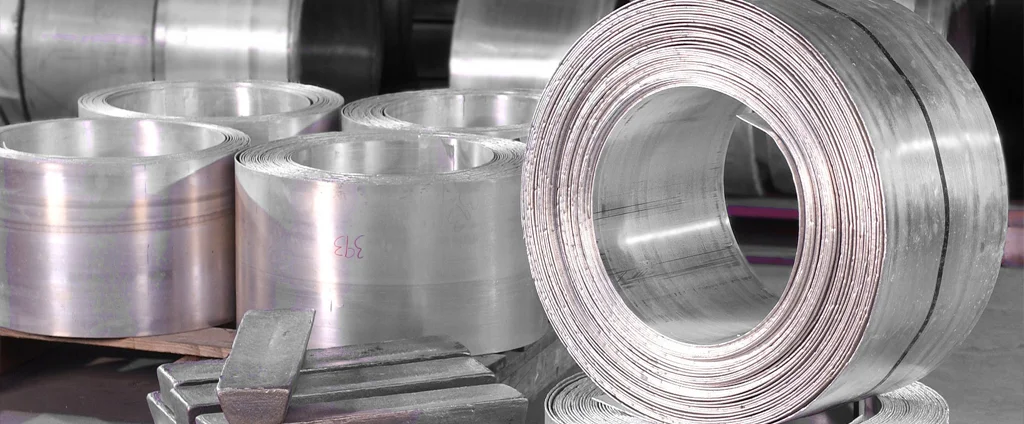Magnesium AM60B-F (UNS M10602)

AM60B-F is a high-performance magnesium alloy prized for its exceptional combination of lightweight properties and mechanical strength. With excellent ductility and energy absorption capabilities, this castable alloy serves critical roles across automotive, aerospace, and industrial applications.
| Chemical Composition | ||
|---|---|---|
| Element | Min | Max |
| Magnesium | —— | Remainder |
| Aluminum | 5.50% | 6.50% |
| Copper | —— | 0.01% |
| Iron | —— | 0.005% |
| Manganese | 0.25% | 0.60% |
| Nickel | —— | 0.002% |
| Silicon | —— | 0.10% |
| Zinc | —— | 0.22% |
| Residuals | —— | 0.20% |
The following table provides a list of magnesium AM60B-F properties in both SI and US customary/Imperial units.
Click on the button to switch between Metric and Imperial units.
| Physical Properties | Metric |
|---|---|
| Density | 1800 kg/m3 |
| Mechanical Properties | Metric |
| Tensile Strength (Ultimate) | 241 MPa |
| Tensile Strength (Yield) | 131 MPa |
| Young’s Modulus (E) | 45 GPa |
| Shear Modulus (G) | 17 GPa |
| Elongation at Break in 50 mm | 13% |
| Poisson’s Ratio (ν) | 0.35 |
| Brinell Hardness 500 kg load, 10 mm ball | 65 |
| Thermal Properties | Metric |
| Melting Point Incipient Melting | ≥ 435 °C |
| Solidus | 545 °C |
| Liquidus | 615 °C |
| Thermal Conductivity | 61 W/m·K |
| Specific Heat Capacity (Cp) Typical value for Mg alloys | 1.00 J/g·°C |
| Coefficient of Thermal Expansion (αL) | 26.0 1/°C |
| Heat of Fusion | 370 J/g |
The values in this table are approximate and can vary depending on various factors such as the specific manufacturing process and heat treatment applied to the alloy.
Advantages & Disadvantages of Magnesium AM60B-F
| Advantages | Disadvantages |
|---|---|
| Lightweight | Corrosion susceptibility |
| High strength-to-weight ratio | Higher cost |
| Good castability | Limited temperature resistance |
| Damping properties | Limited welding options |
| Good machinability | Lower modulus of elasticity |
Applications of Magnesium AM60B-F
AM60B-F is used across multiple industries that require lightweight, durable materials with good mechanical strength, including:
- Automotive Components: Used in the automotive industry for parts such as engine brackets, transmission cases, steering columns, instrument panels, and other structural components.
- Aerospace Industry: The aerospace sector utilizes it for lightweight structural components, including aircraft seat frames, interior fittings, control surfaces, and engine components.
- Electronics and Consumer Goods: Employed in the manufacturing of consumer electronics and handheld devices. It is used for casings, frames, and other structural parts where lightweight materials are desired.
- Sports Equipment: Used in the production of sports equipment such as bicycle frames, golf club heads, and tennis rackets. Its lightweight and high-strength properties contribute to enhanced performance and maneuverability.
- Power Tools and Machinery: Utilized in the manufacturing of power tools, machinery components, and equipment frames. Its strength and machinability make it suitable for various industrial applications.
- Medical Devices: Also used in the medical industry for lightweight and biocompatible applications. It finds application in orthopedic implants, surgical instruments, and other medical devices where weight reduction and compatibility with the human body are important factors.
